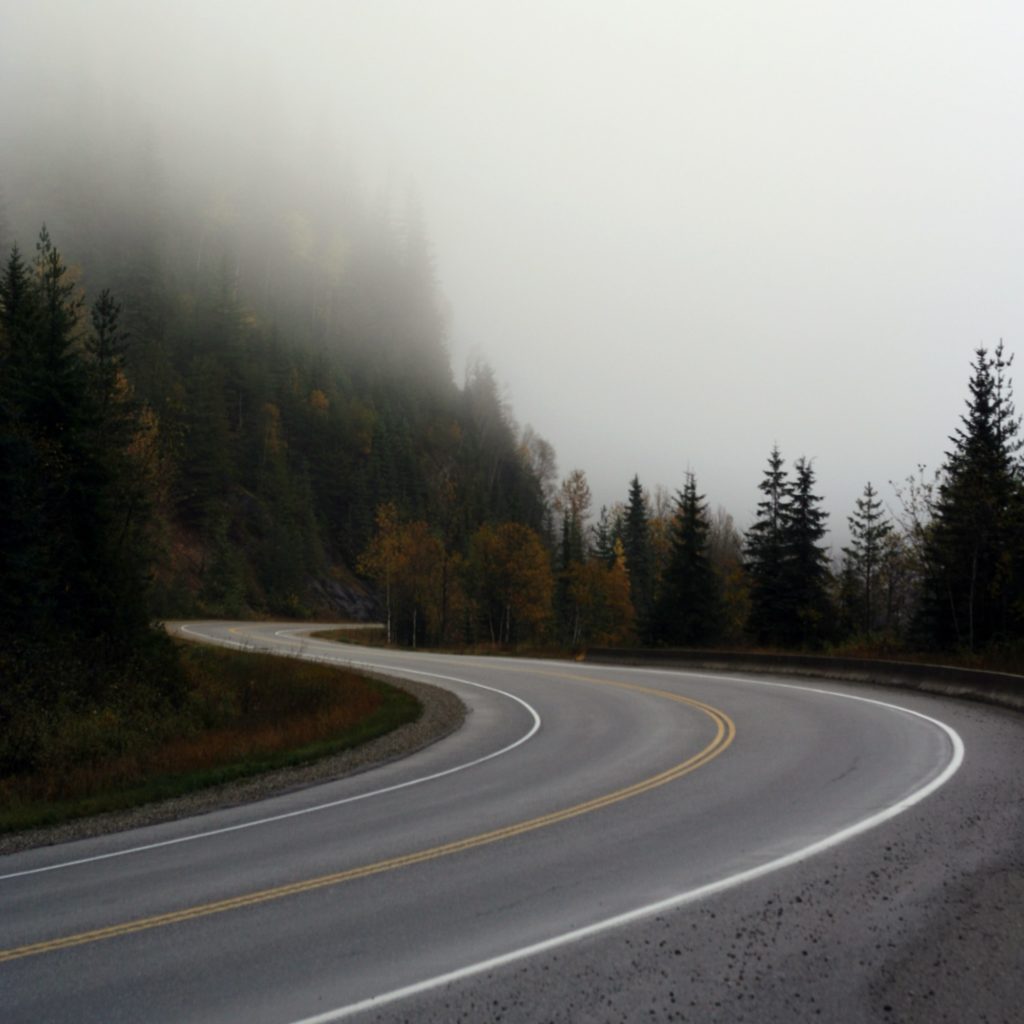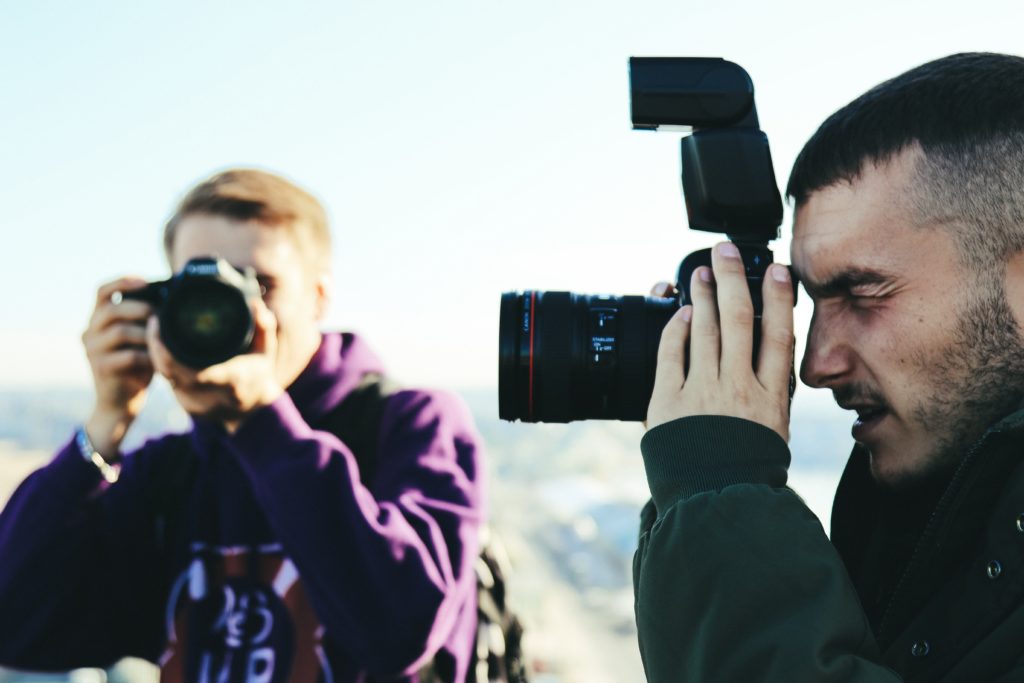This is a guest post by Phil Hill, a travel photographer from the UK based in Australia. You can see more of Phil’s great work at his travel photography blog or follow him on Facebook or Twitter.
At first glance many will probably have tongue firmly in cheek and I might well be stating the obvious, however, it’s the little things make big differences in this photography lark, changing the whole dynamic of a photograph just by using the simplest of techniques is hands down the best way to take better images.
Generally, when shooting a scene, you hold a camera in front of your face just as the manufacturer intended, unless it’s a person, then you rotate it 90 degrees. I am going to let you into a little secret; the opposite works for either, both formats are a really effective way of capturing your subject.
When to Landscape a Portrait
“If your pictures aren’t good enough, your not close enough” –Robert Cappa.

This is a good time to screw on your wide-angle lens, a wide-angle gives you the option to move in close to your subject and maintain a wide field of view in the viewfinder. I recommend a 24-28mm on full frame or 18-20mm on a cropped sensor, much wider and it will lead to an unnatural distortion, unless that’s what you were after in the first place.
Shooting a portrait in landscape is at it’s best when up close and personal, head and shoulders – then try off centering your main subject in the frame, and my favorite; include a few graphic elements, lead in lines or interesting parts of the background. If you are telling a story it is a good way to include the surroundings and environment. The aim here is to imagine the image entirely made of arrows all pointing towards the subject. Visual interest is the key.
… And When to Portrait a Landscape
This is probably a bit less common photographically and I would say 9 times out of 10 you will still want to ‘landscape a landscape’, however, you can still use it along with a strong sweeping lead line to create a solid landscape composition and successful image.
For example hiking along a mountain trail, use the path moving your eye from bottom to what should be the main subject, the mountains (not forgetting you can also chuck in a person for a bit of scale).
It's quite an effective method to un-clutter a scene, going for a nice tall dynamic sky instead of that annoying parked car that pulled up into the right hand side of the frame. You might want to watch out for perspective though, try to keep the camera parallel to the subject otherwise you get the converging effect (like when photographing buildings and they appear to lean backwards).
Sunset and sunrise are good for this too; portrait format produces an image of just ground and sky (or sea and sky if you’re at the beach) – the image comes alive with colour and dynamics.
Its always worth experimenting to see what works best, when next out photographing either a portrait or a landscape, do a few of the opposite, and you may surprise yourself with the result.





7 Comments
“You ARE not close enough”. Not “your not close enough”.
Or, “You’re”. 🙂
Nice article. I like to portrait landscapes.
Seriously, why not quote someone who knows English? It would be just as easy.
Oh FFS, get over it, princess.
I hate to be the one to tell you this–I really do–but your princess is in another castle.
Great tips there for composition, thanks!
Great photographic tips.
As for the other thing – if we took offence over every your/you’re or their/there/they’re type boo boo we would spend most of our time with ruffled feathers! Social media is littered with grammatical errors. Blame the educational system and accept that not everyone has had the same advantages. Read the sentiment, not the spelling or grammar.